hackberry tree leaves dying
These are very blocky because they are delineated by veins. They suck the sap out of the leaves and secrete a sticky residue called honeydew.

Common Hackberry Umn Extension
Why is my hackberry tree losing some of its new leaves.
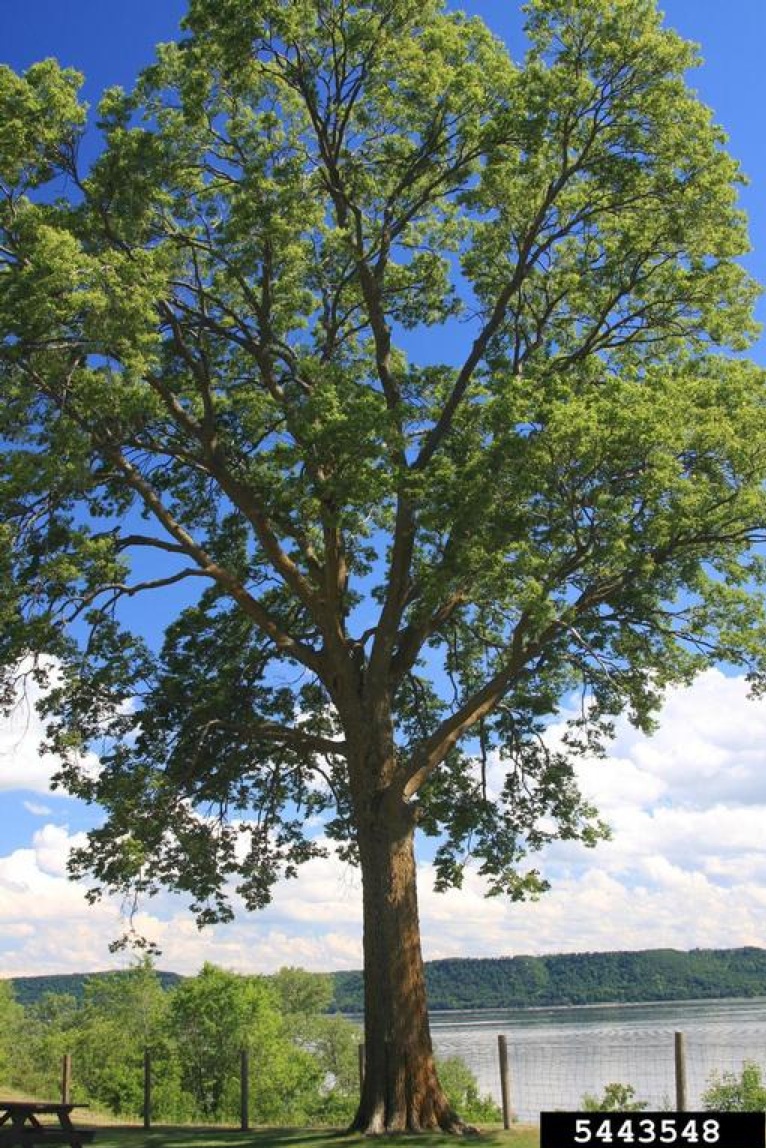
. The symptoms appear to have followed this progression. While some trees have produced only tufts of foliage others have died back entirely. Severe feeding may cause premature leaf drop but healthy well-established trees are not seriously harmed.
These non-native aphids attack the tree by feasting on the leaves and secreting a liquid called honeydew. The browning of the hackberry Celtis occidentalis leaves is probably due to lace bugs. Premature leaf drop can occur during heavy infestations.
They are flood-resistant drought-tolerant rugged and able to withstand acid sand high salt clay and alkali levels in soil. Or wilting soon after leaves emerge in spring. There are yellow discolorations on upper leaf surface above the nipple galls.
Aphids may leave a sticky sap like residue known as honey dew which attracts ants and sooty mold. Leaves that drop are most often yellow with no discernible disease spots. The branches of a dying tree often look lifeless brittle and can easily crack when you apply pressure.
Hackberry Celtis occidentalis is a native tree of the US and is also known as common hackberry and nettletree. Sunken dark brown area on branch that is often cracked or has a ridge at the edge. In past years no association was found between the leaf drop and insects or diseases.
Island chlorosis is a disease that appears on hackberry leaves as yellow spots. Wooly aphids are small white insects that fall off hackberry trees and appear to float in the air. Unlike the branches of healthy trees a dying trees branches lack elasticity and do not bend.
The disease is thought to be caused by a virus. Hackberry trees are large deciduous trees that are often confused with other elms sugar hackberry and English elm. Several leaf-spot fungi are common on hackberry trees-Cercospora spegazzinii Cylindrosporium defoliatum Cerosporella celtidis Mycosphaerella maculiformis Phleospora celtidis Phyllosticta celtidis and.
Heat and drought stress will cause the tree to lose leaves that it cannot support with the available soil moisture. Dead branches and twigs often first observed in early spring when no leaves form. Aphids cankerworms and forest tent caterpillars can cause ornamental damage to the hackberry.
The small hackberry tree started dying suddenly. The worst thing about hackberry is that woolly aphids feeding on the leaves drip sticky honeydew. Prune during the dormant season to avoid creating accidental wounds.
Removal of weak or dying branches or those that grow in a direction counter to the. Early leaf drop is a general sign of tree stress. The loss of leaves on hackberries in spring is an occasional phenomenon in Iowa and surrounding states.
Extreme dryness of wood is another sign that a tree is dying. Adults are light brown with flecks of creamish-white and look like miniature cicadas. Raised cushion-like bumps on affected branches may be cream to orange or red turn black with age.
As a result a black mold known as sooty mold covers the leaves stems and possibly the bark of the tree. Hackberry Celtis is a group of medium-sized deciduous trees with long ovately-shaped leaves clusters of small fuzzy spring flowers and small purple fruitsLow-maintenance hackberry trees are hardy trees that withstand many conditions including drought wet soil strong winds and air pollution. An old stump may be the cause.
Lace bugs are sap feeding insects commonly found on the leaves of shade and ornamental trees in Iowa. A number of counties have already reported that their hackberry trees are dying. There could be decay within the root system.
The tree grows in hardwood forests and limestone ground in its native habitat. Hackberry is easy to recognize by its silvery-gray bark encrusted with warty ridges. We have a.
Small blue-black fruits favored by birds spread seedlings all over. The most popular theory is that cold spring temperatures. Reports of the problem have been confined to hackberry trees in an area from Newton to Carroll to Webster City.
Hackberry has a mature height of 40 to 60 feet with a 1- to 2-foot trunk diameter. The foliage is elm-like and the bark is corked and warty. With green areas around the yellow spots affected leaves appear as yellow islands in a sea of green thus the name island chlorosis.
Trees most commonly affected are hackberry sycamore and oak. An unusual and unexplained defoliation of hackberry trees has been reported around central Iowa during the past week. Why are my hackberry trees dying.
This could be caused by drought or heat stress girdling roots or a number of other stresses. Adult lace bugs have attractive wings that are beautifully sculptured with an intricate pattern. These trees have a fast growth rate and live a hardy and long life.
The browning of the hackberry Celtis occidentalis leaves is probably due to lace bugs. Lace bugs are sap feeding insects commonly found on the leaves of shade and ornamental trees in Iowa. Sooty mold grows on the honeydew blackening absolutely everything under the tree.
When the honeydew coats the leaves and with this particular aphid everything within 300 miles around it a black substance called sooty mold grows on this secretion which is sticky and very messy. Signs of decay like the growth of mushrooms or fungi on the surface of the tree are a telltale sign that the tree is. The hackberry engraver Scolytus muticus normally attacks only dead or dying branches but has been reported to attack the living sapwood thus killing the tree.
Hackberry tree may have unseen decay. However at times we can have green leaves drop that appear perfectly healthy. Reports of observations in other parts of Iowa are encouraged.
The browning of the hackberry Celtis occidentalis leaves is probably due to lace bugs. They are actually a large infestation of Asian wooly aphids. As long as the leaf drop results in a gradual thinning of the leaves the tree should be fine if it is kept.
Trees most commonly affected are hackberry sycamore and oak. More information on Hackberry nipple gall. The exact cause has never been determined.
Lace bugs are sap feeding insects commonly found on the leaves of shade and ornamental trees in Iowa. 18th to 316th long. If the majority of leaves look green and healthy then your tree will still be able to photosynthesize and if it is generally healthy should recover with good tree care practices.

What S Wrong With My Plant Garden University Of Minnesota Extension
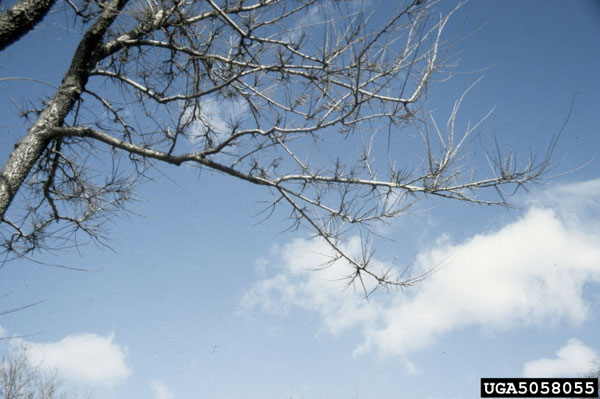
What S Wrong With My Plant Garden University Of Minnesota Extension
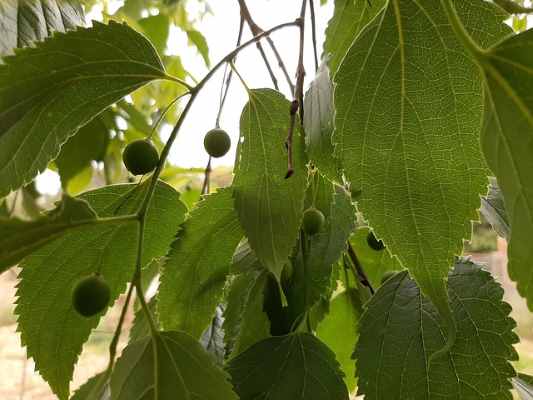
Hackberry Trees Celtis Common Types Leaves Bark Fruit Pictures Identification

Pull It Or Plant It Hackberry Lady Bird Johnson Wildflower Center

Hackberry Trees Celtis Common Types Leaves Bark Fruit Pictures Identification

Hackberry Tree Shade Trees Hackberry Tree Small Ornamental Trees
Common Hackberry Celtis Occidentalis

Celtis Australis Nettle Tree European Hackberry Plant Illustration Botanical Drawings Botanical Illustration

Common Hackberry Umn Extension
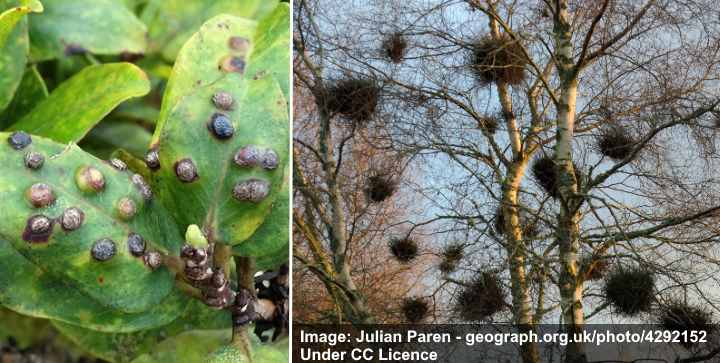
Hackberry Trees Celtis Common Types Leaves Bark Fruit Pictures Identification
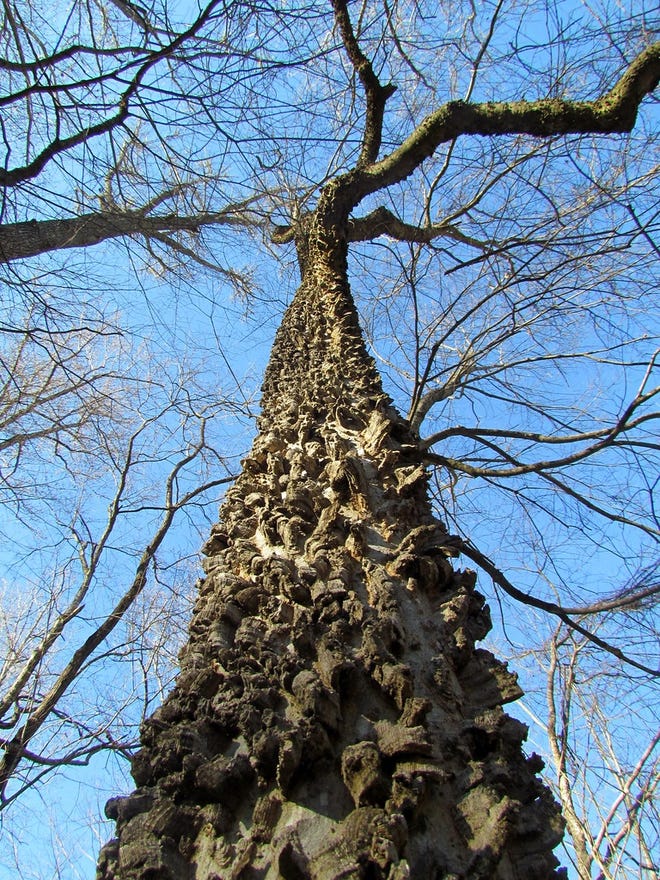
Hackberry Trees Are Under Attack

Hackberry Nebraska Extension Community Environment Nebraska
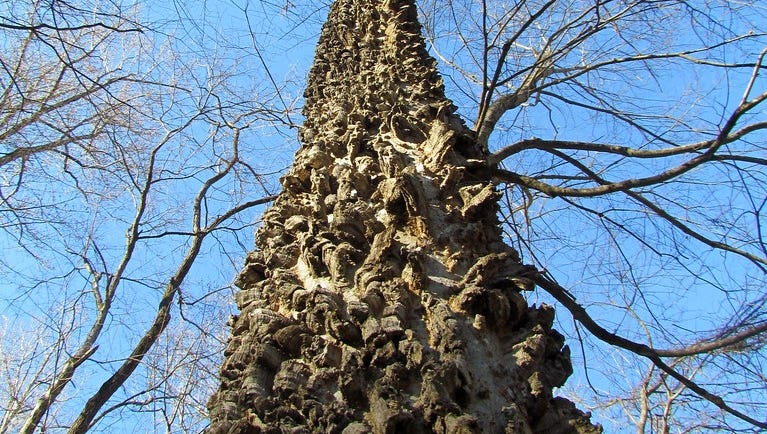
Hackberry Trees Are Under Attack

Hackberry Tree Guide How To Grow Care For Celtis Occidentalis

Ui Extension Hackberry Tree Health Youtube
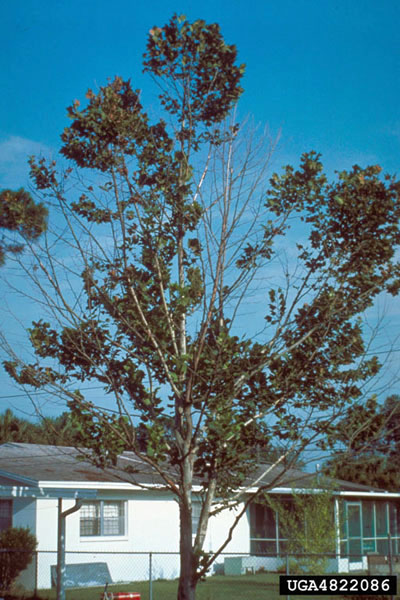
What S Wrong With My Plant Garden University Of Minnesota Extension

What S Wrong With My Plant Garden University Of Minnesota Extension
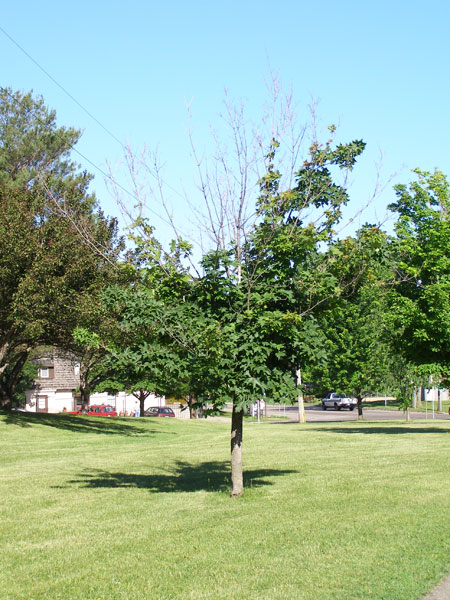
What S Wrong With My Plant Garden University Of Minnesota Extension
